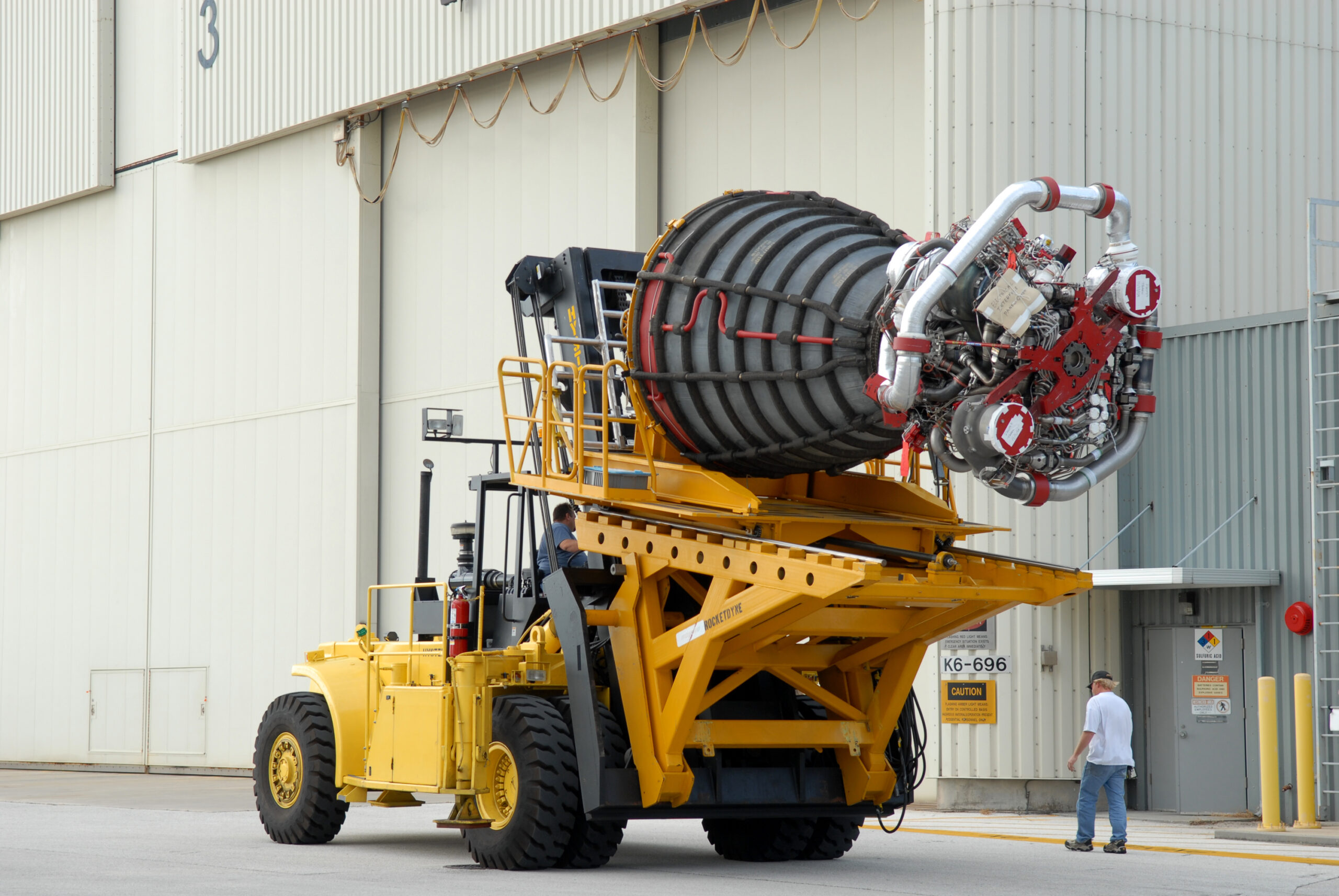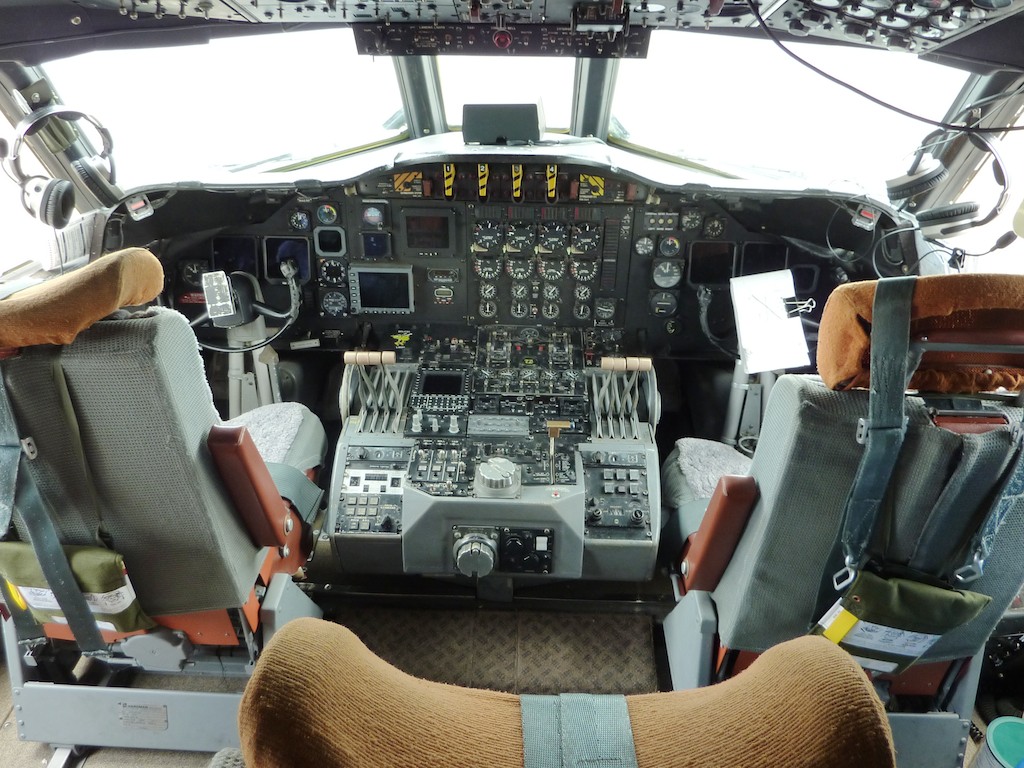Aerospace & Aeronautic Industry
The aerospace and aeronautic industry has always been at the forefront of technological advancements, and 3D printing is no exception. The ability to print complex parts and components with precision and accuracy has revolutionized the way aerospace manufacturers design and build aircraft. From prototyping to final production, 3D printing in aerospace has provided numerous benefits that were once unimaginable.
3D printing in aerospace industry has transformed the way aircraft are built, making the process more efficient and cost-effective. Previously, complex parts had to be machined, molded, or cast, which was a time-consuming and expensive process. With 3D printing, parts can be printed in hours, reducing production time and costs. Furthermore, 3D printing eliminates the need for tooling, which further reduces the production costs.


One of the biggest advantages of 3D printing in aerospace is the ability to print lightweight, strong and durable parts. Aircraft components such as brackets, clips, and housings can be printed with precision and accuracy, resulting in components that are stronger and lighter than those produced by traditional methods. This is especially important in the aerospace industry, where weight is a critical factor in aircraft design. By using 3D printing in aerospace, aircraft manufacturers can significantly reduce the weight of aircraft components without sacrificing strength or durability.
Another benefit of 3D printing in aerospace is the ability to print complex geometries. Aerospace components often have complex geometries that are difficult to manufacture using traditional methods. With 3D printing, complex parts can be printed with ease, allowing aerospace manufacturers to create intricate parts that would have been impossible to manufacture using traditional methods. This capability has enabled aerospace manufacturers to create parts that are not only more efficient but also more aesthetically pleasing.
3D printing in aerospace has also enabled manufacturers to produce low-volume parts more cost-effectively. In the past, low-volume parts were produced using traditional methods, which were expensive and time-consuming. With 3D printing, low-volume parts can be printed quickly and cost-effectively, reducing the overall production costs. This capability has allowed aerospace manufacturers to produce parts in smaller quantities without incurring high production costs.
In addition, 3D printing in aerospace has enabled manufacturers to create spare parts on demand. In the past, spare parts had to be ordered in advance, and it was challenging to predict the exact number of parts required. With 3D printing, spare parts can be printed on demand, reducing the need for inventory management and reducing the overall costs of spare parts. This capability has also enabled aerospace manufacturers to reduce downtime and increase aircraft availability.


Furthermore, 3D printing has enabled aerospace manufacturers to design and prototype new parts quickly and cost-effectively. With 3D printing, designers can create parts and prototypes using computer-aided design (CAD) software and print them in hours. This capability has enabled manufacturers to iterate quickly and test new designs, resulting in faster product development and time-to-market.
The use of 3D printing in aerospace is not limited to aircraft components. Aerospace manufacturers are also using 3D printing to print engine parts, satellites, and even entire aircraft. NASA, for example, has been using 3D printing to print rocket engine parts, resulting in engines that are more efficient and cost-effective. Airbus, on the other hand, has printed an entire aircraft using 3D printing technology.
3D printing in aerospace has revolutionized the way aircraft are designed, manufactured, and maintained. The ability to print complex parts and components quickly and cost-effectively has enabled aerospace manufacturers to produce aircraft that are lighter, more efficient, and more aesthetically pleasing. The ability to print spare parts on demand has reduced downtime and increased aircraft availability. The use of 3D printing in aerospace is likely to grow in the future as manufacturers continue to explore new applications and technologies. With the increasing demand for lighter and more efficient aircraft, 3D printing in aerospace will play a vital role in meeting these demands.


